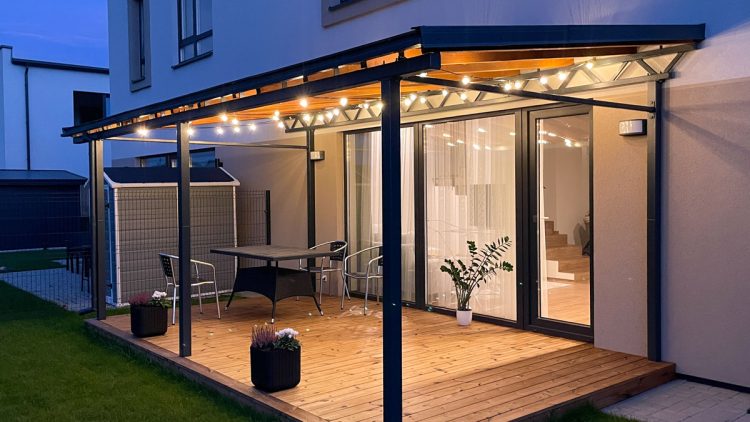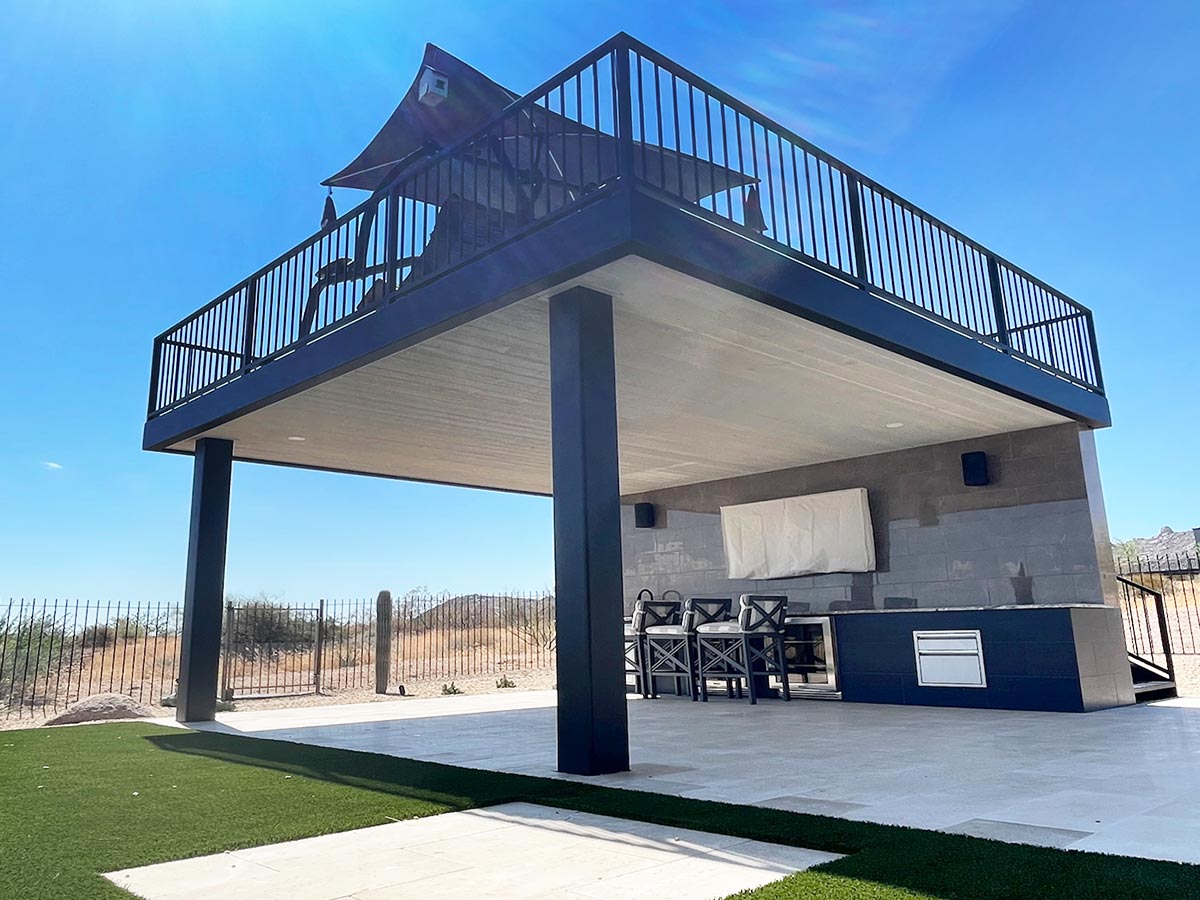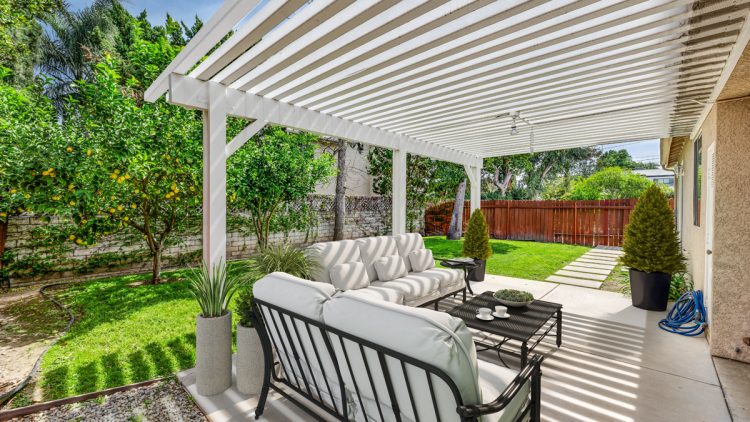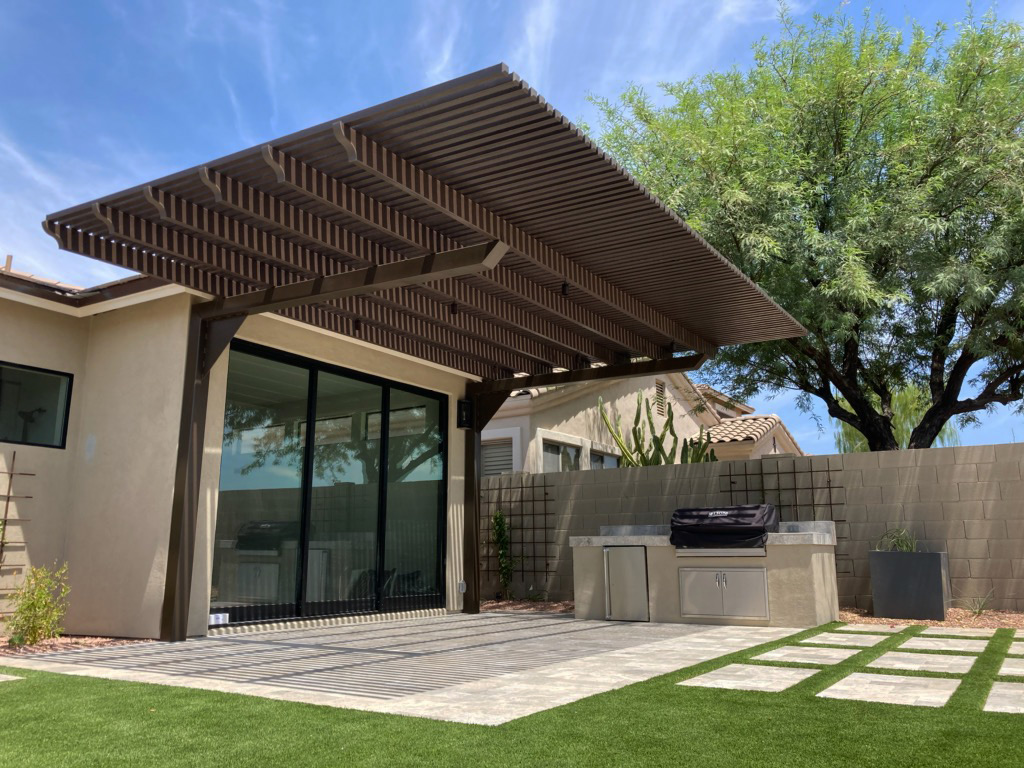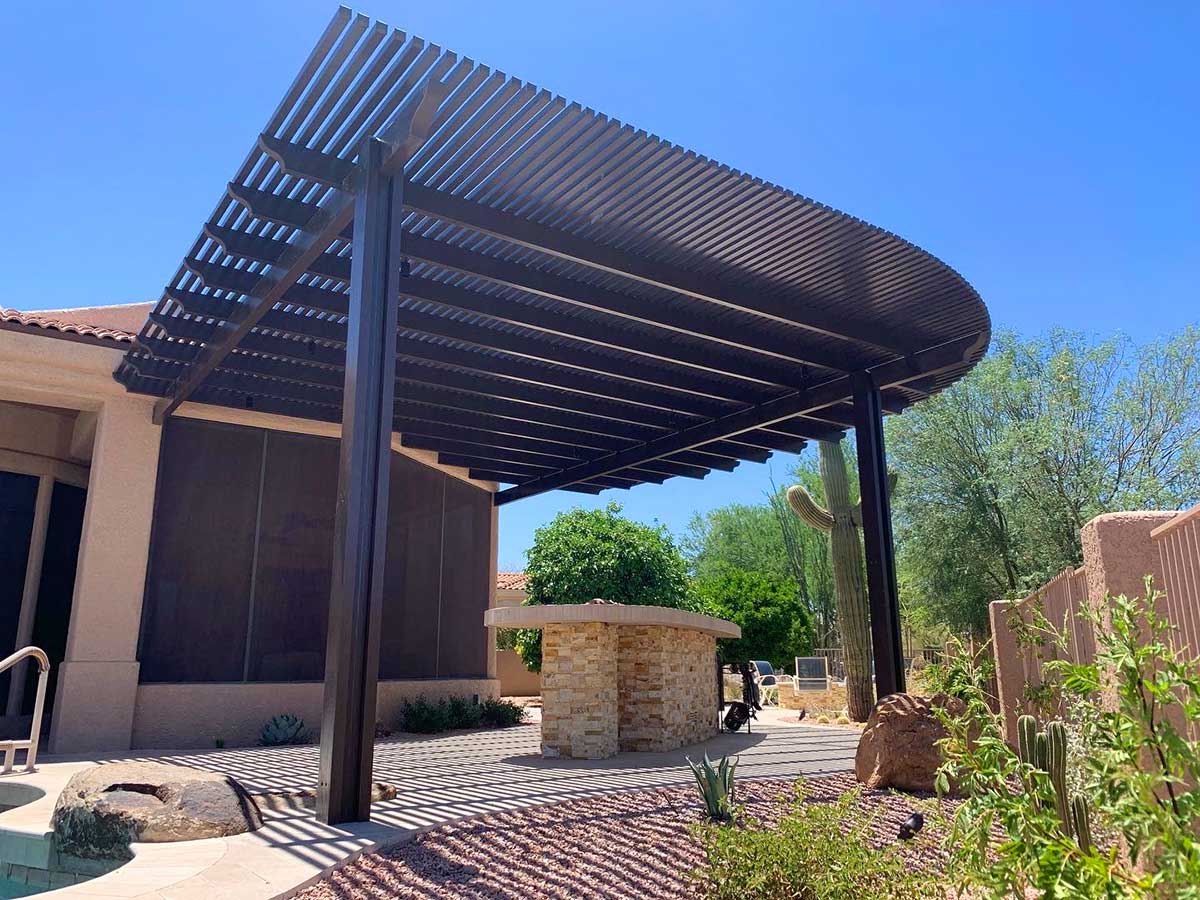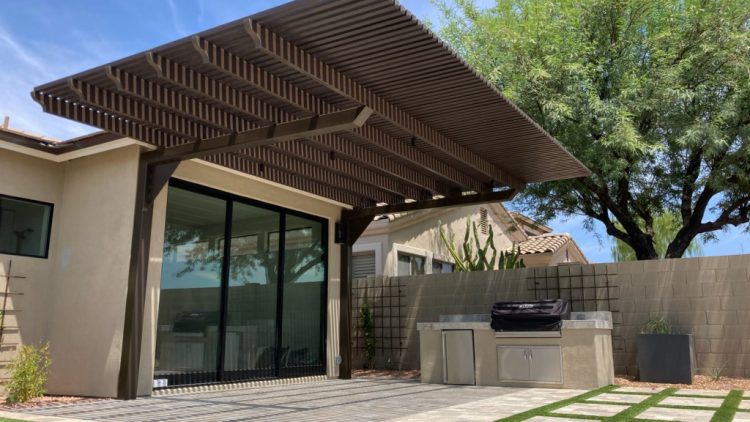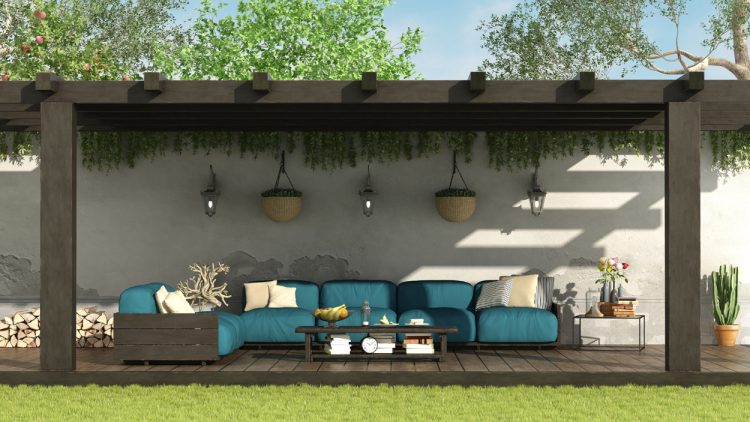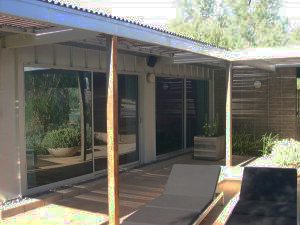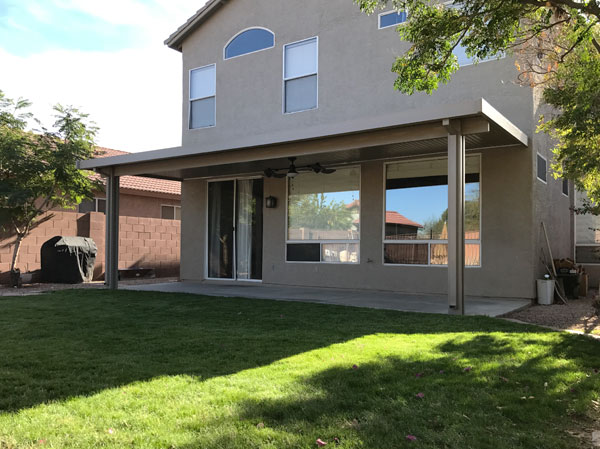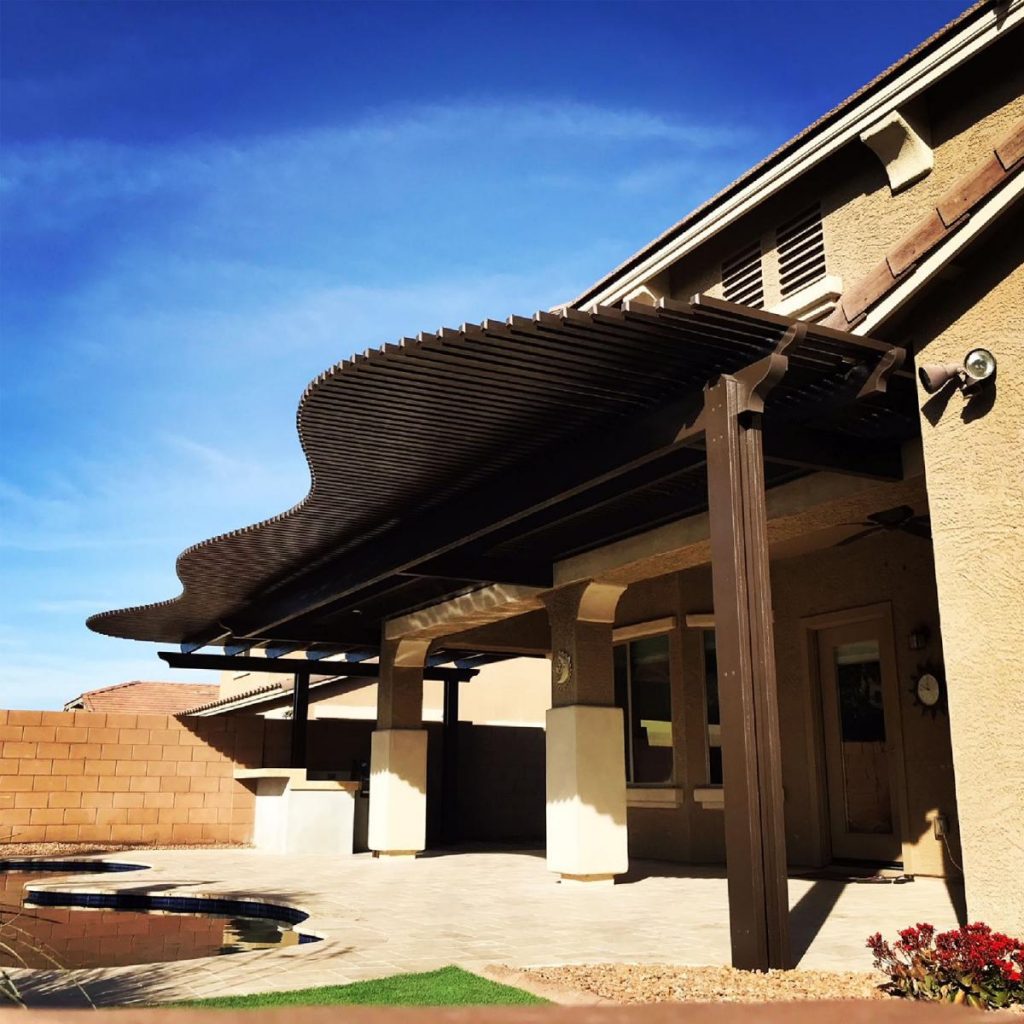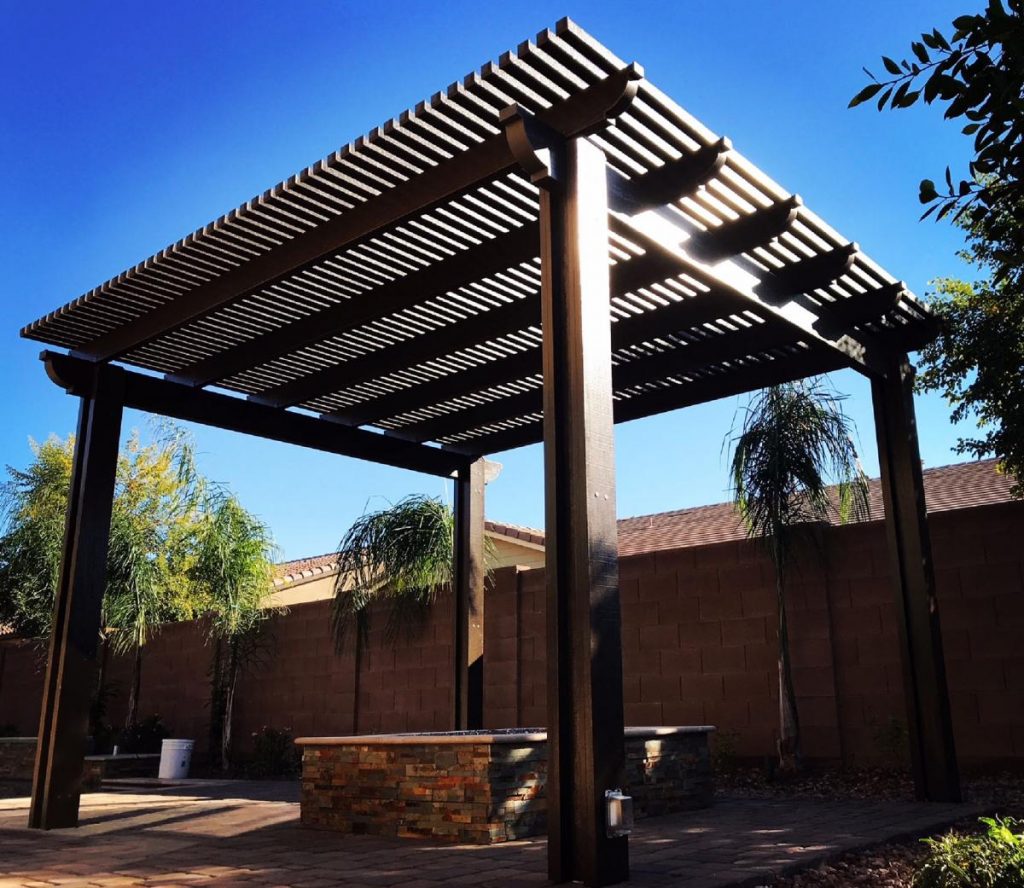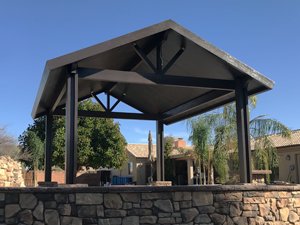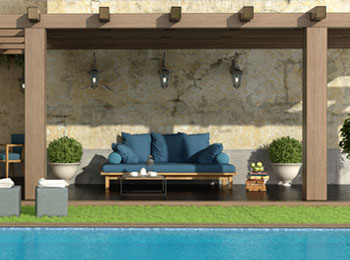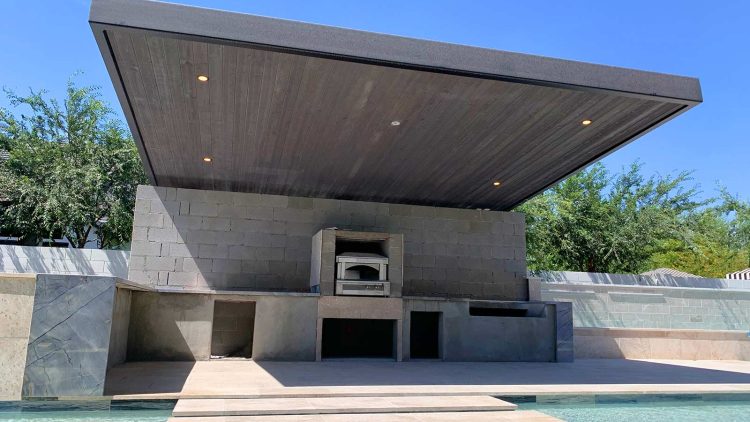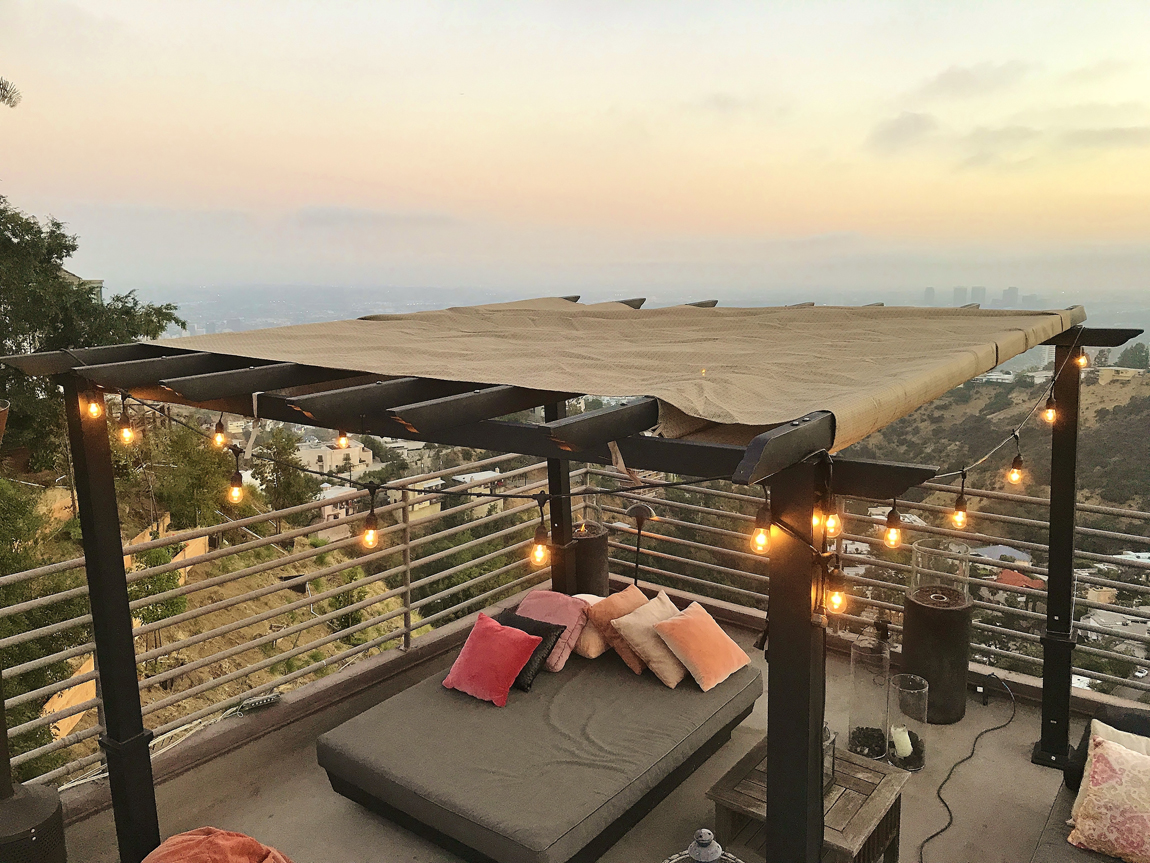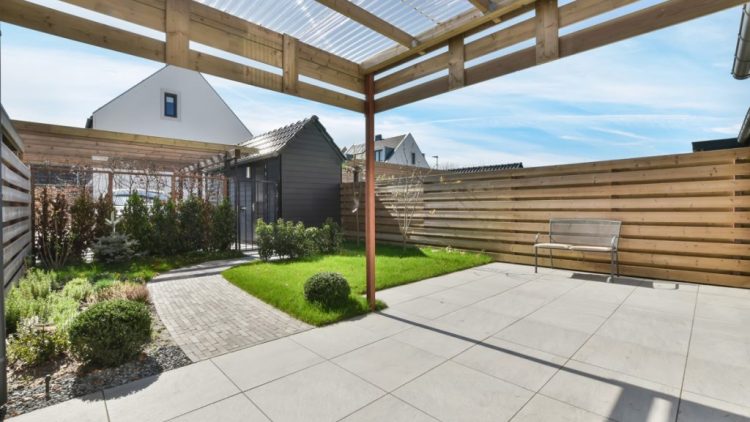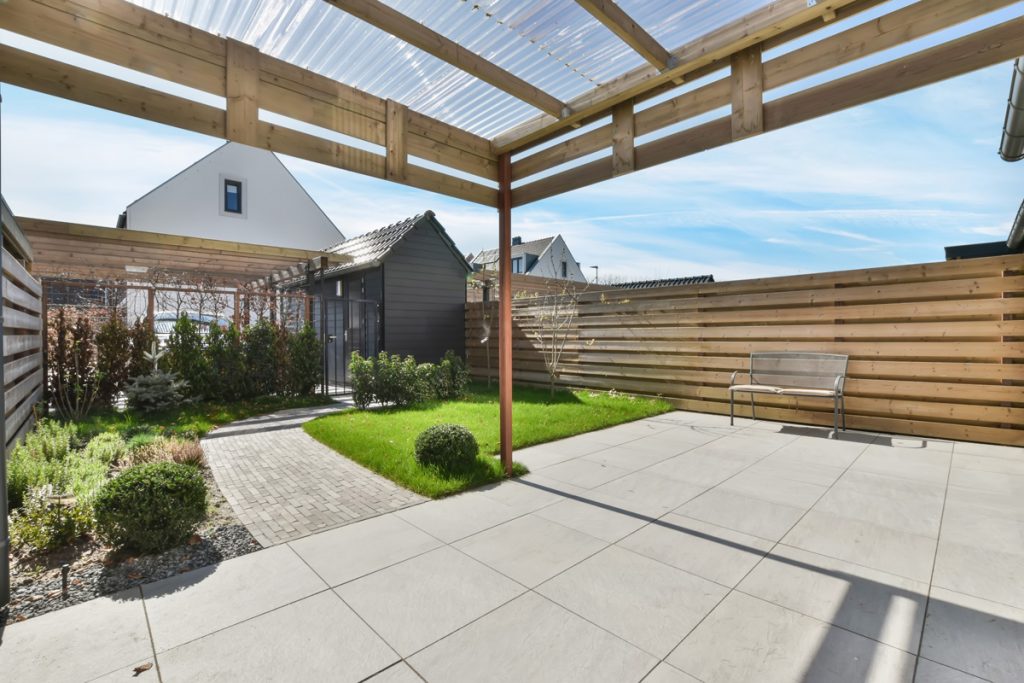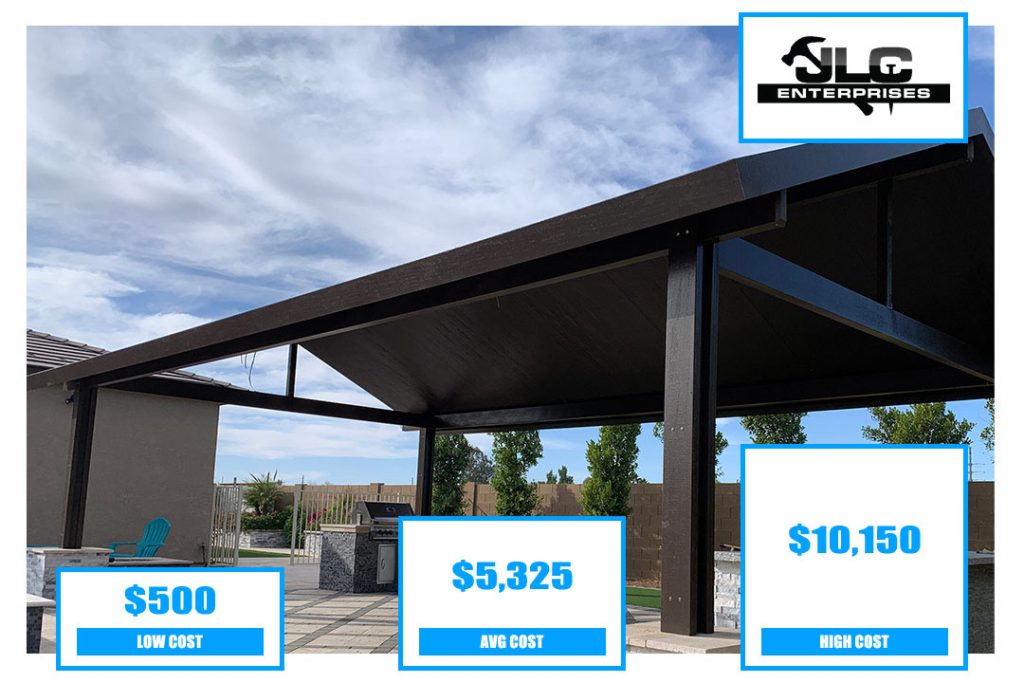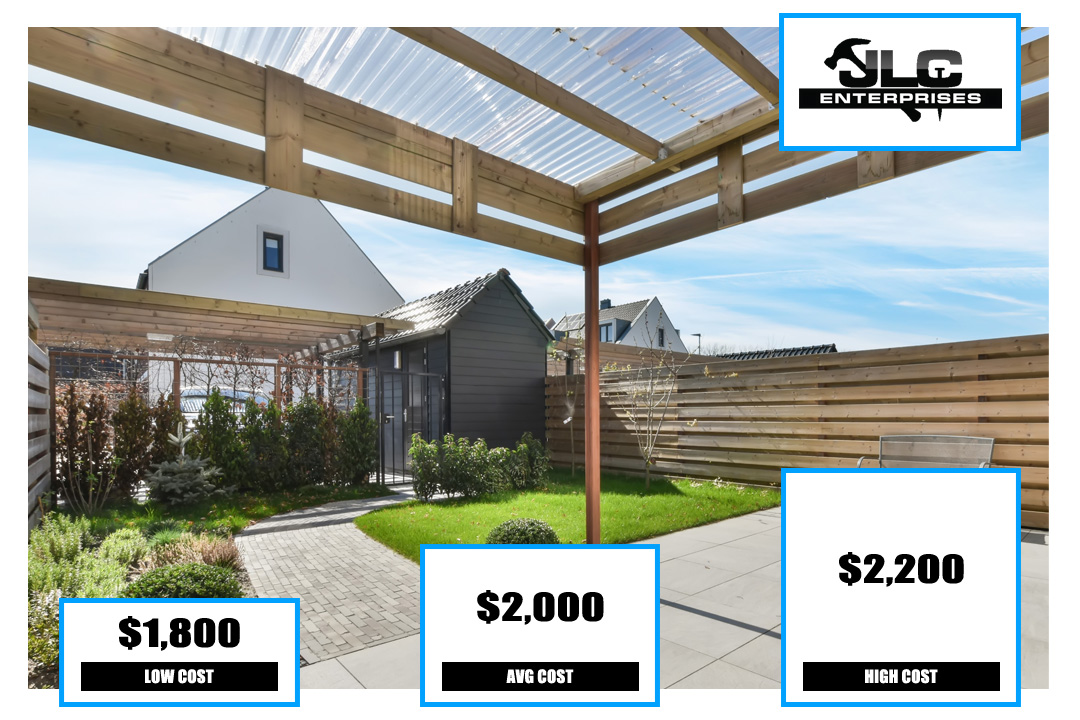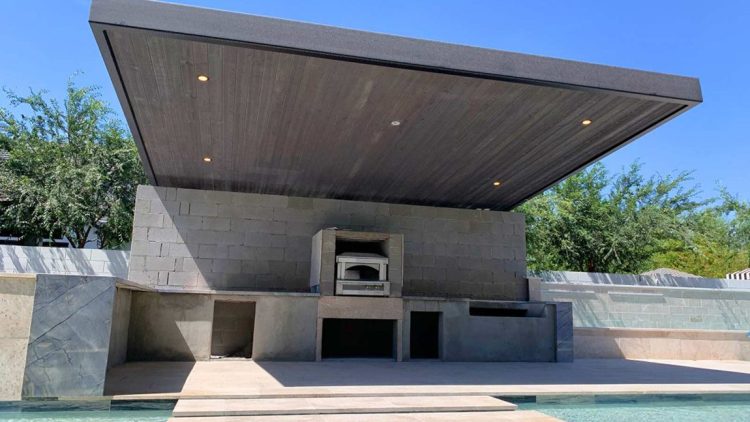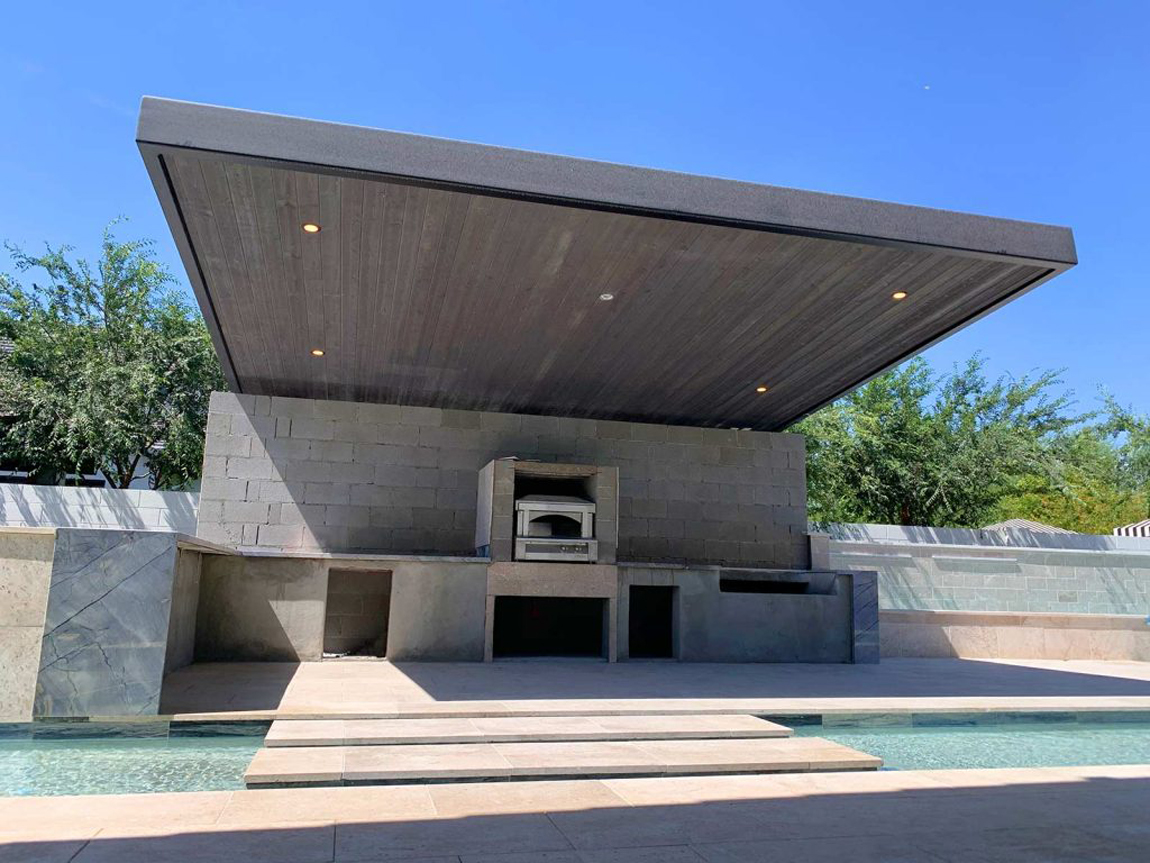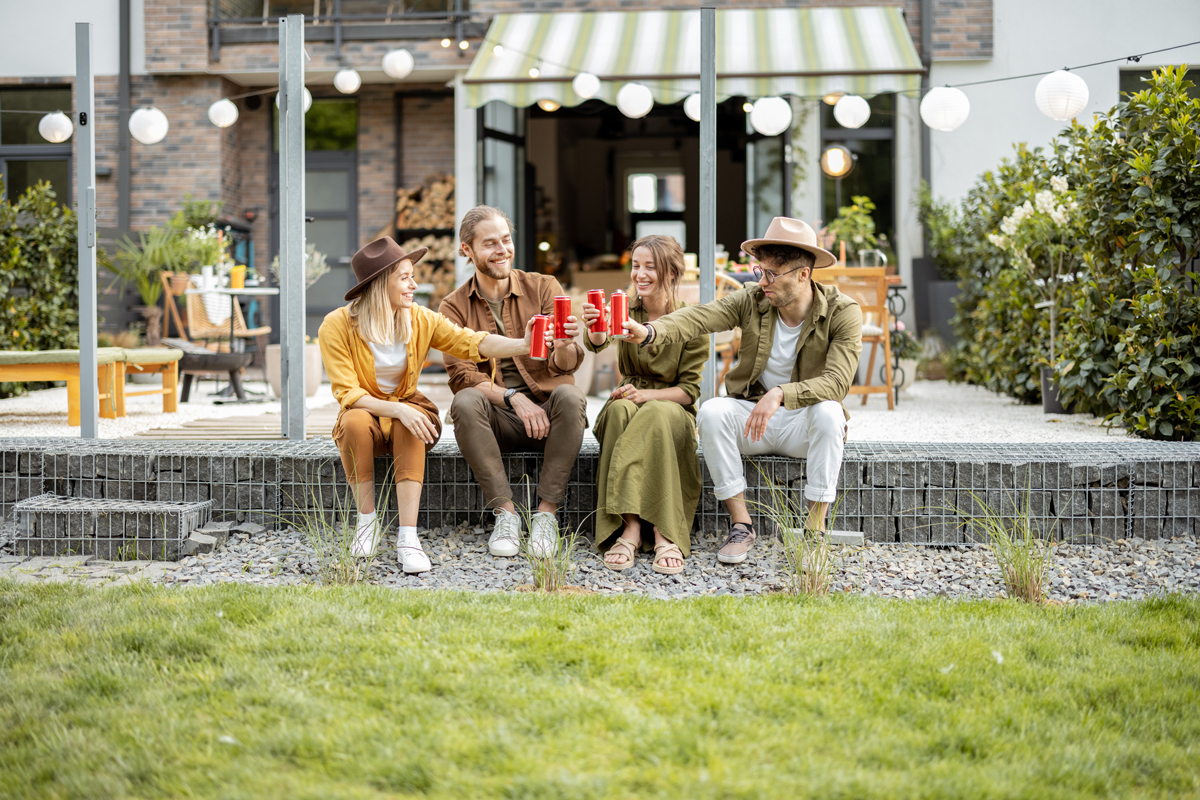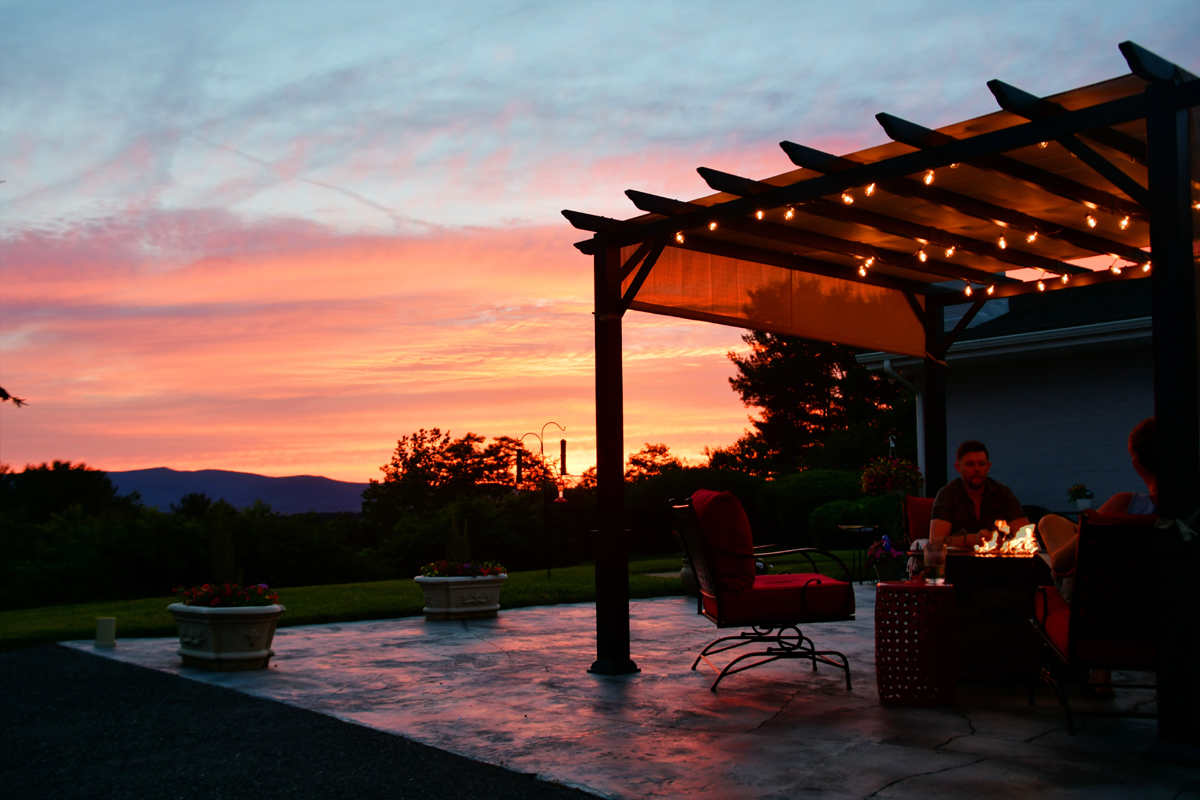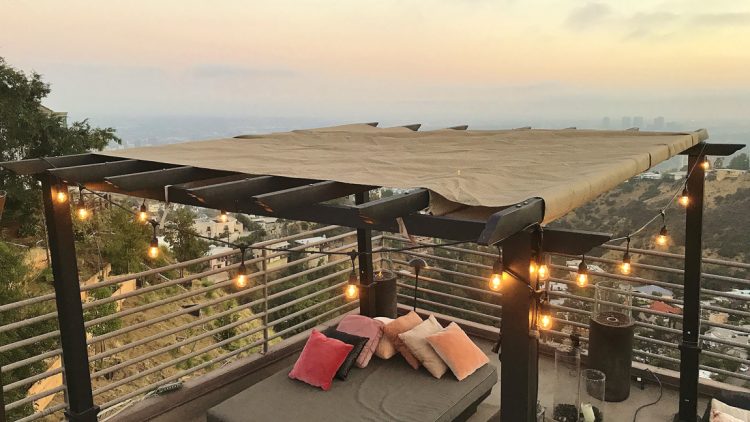10×20 Patio Cover Cost
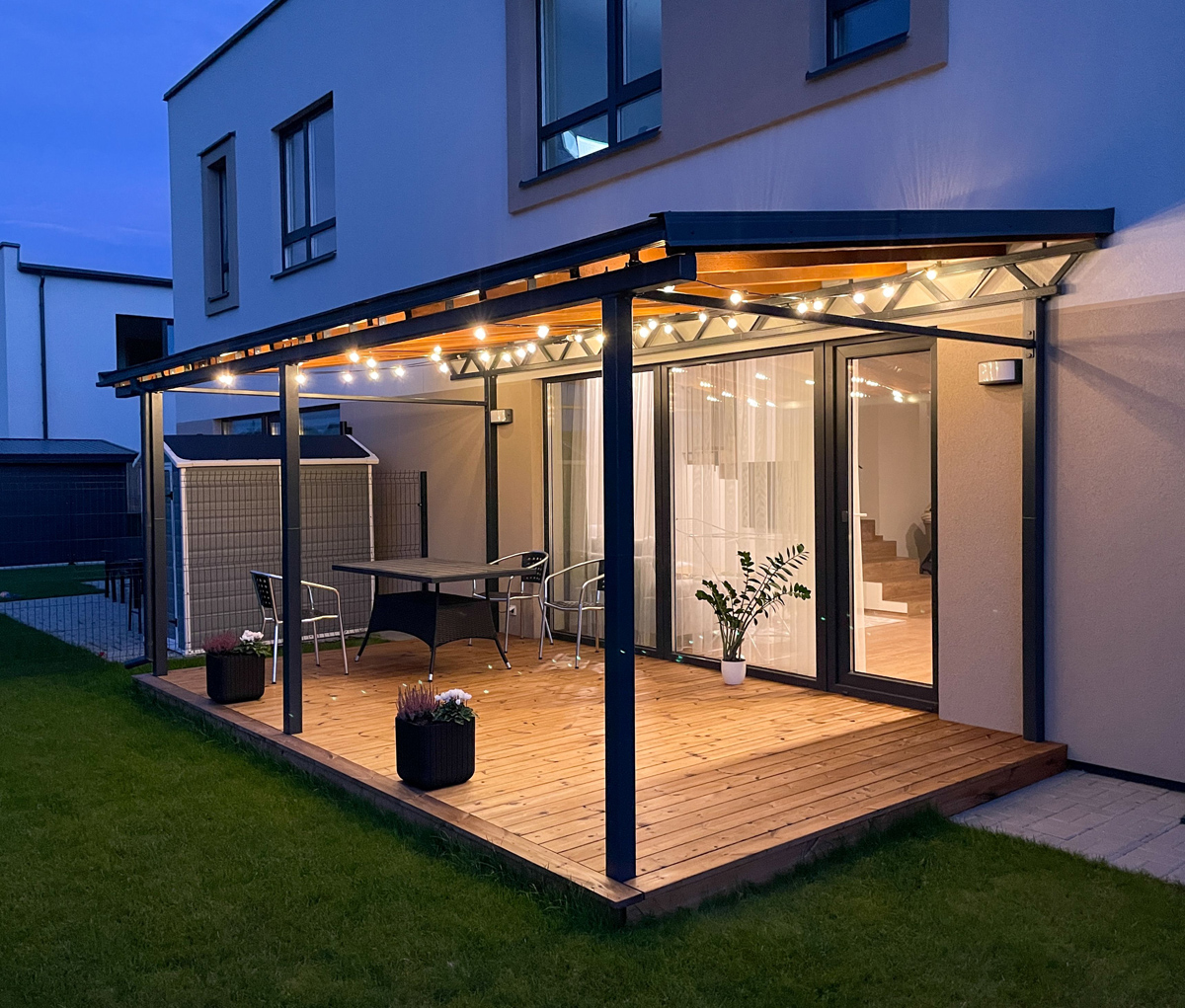
On average, a 10’x20′ patio cover will cost between $10,000-$22,500 in the U.S.
How Much Does A 10×20 Patio Cover Cost?
The cost of patios is first determined by square footage. For example, the majority of 10’x20′ patios cost between $50-$150 per square foot. This lands the average installation costs of these patios between $10,000-$22,500, as mentioned above. This price does include the costs of permanent patio covers, as well.
The average 200-square-foot size is large enough for a table and chairs. A bigger, 24’x36′ size can accommodate seating and a full entertainment center.
Here are some average installations costs by patio size:
| Patio Size | Square Footage | Average Installation Cost |
| 5′ × 10′ | 50 | $2,500-$7,500 |
| 10′ x 10′ | 100 | $5,000-$15,000 |
| 10′ x 20′ | 200 | $10,000-$22,500 |
| 12′ x 20′ | 240 | $12,000-$36,000 |
| 16′ x 16′ | 256 | $12,800-$38,400 |
| 20′ x 20′ | 400 | $20,000-$60,000 |
| 24′ x 24′ | 576 | $28,800-$86,400 |
| 24′ x 36′ | 864 | $43,200-$129,600 |
*Average costs are for basic and flat covers that are installed over an existing patio base.
Patio Cover Cost By Material
The cost of a 10’x20′ patio can ultimately change based on the material. For example, the average cost of a solid wood patio installation is $120 per square foot.
Let’s look at some average patio cover material costs by square footage:
| Material | Cost Per Sq. Ft. | Average Total Cost |
| Aluminum | $20-$50 | $4,000-$10,000 |
| Wood | $60-$120 | $12,000-$24,000 |
| Vinyl | $25-$80 | $5,000-$16,000 |
| Insulated | $30-$60 | $6,000-$12,000 |
| Solar | $80-$100 | $16,000-$20,000 |
| Metal/Steel | $15-$30 | $3,000-$6,000 |
| Glass | $20-$50 | $4,000-$10,000 |
| Fiberglass | $30-$65 | $6,000-$13,000 |
*Costs are according to HomeGuide. Contact the team at JLC Enterprises for more pricing information today!
Aluminum Patio Cover Cost
Installation costs range from $4,000-$10,000.
For decades aluminum patio covers have been a common option due to it being an inexpensive option. In addition, the material is versatile. There are Alumawood patio covers that feature distinct patterns of wood grains, like those at jlcenterprises.com. This gives a combination of both materials, you get the look of wood and a lower cost than vinyl or wood.
Not only is the price an advantage, aluminum patio cover provides weather resistance from rusting, termites, cracks, and rotting. Alumawood covers are able to be customized to match your preferences and needs. They can be installed in a popular lattice cover style, a 3-inch thick high-density insulated foam roofing system, or uninsulated roof. The cost will depend on the final systems, styles and kits used.
It is fairly simple to install these type of covers, even for homeowners that enjoy DIY projects. If a kit is purchased, covers will come with required parts for the entire installation. Of course, you have to provide the tools. With help, the average expected installation time for a 10ft x 10ft aluminum lattice cover is 8 hours.
Vinyl Patio Cover Cost
Installation costs range from $5,000 to $16,000 which is more than aluminum patio covers, but slightly less on average than wood patio covers. Basically, when compared to aluminum and wood, vinyl is the worst of the trio.
Vinyl patio covers fall between wood and aluminum. It is fabricated from PVC, giving a larger range for application. Did you know that PVC is most popular for being used in plumbing, with 75% of plumbing pipes being made from PVC worldwide? It can also be located in flooring, electrical piping, and clothing too. In the healthcare industry, PVC is used everywhere, from oxygen masks to surgical gloves.
Vinyl is a popular material because it resists frequently encountered issues with wood, such as warping, rot, insects, etc. Unlike Aluminum, it will not crack, fade, or rust. Although, there are cases where vinyl has yellowed over time. However, vinyl also shares various characteristics that aluminum provides.
The reason vinyl more expensive than aluminum covers is because it requires more material/product to install. Like wood, aluminum is a stand-alone product, where vinyl will need extra steel members installed for stability at each structural piece. These additional pieces increase the cost of vinyl patio covers, due to more material and labor. Aluminum and wood do not require any extra pieces to remain stable.
Wood Patio Cover Cost
Installation costs range from $12,000-$24,000. Designing a wood patio cover requires blueprints or drawings for construction unlike vinyl or aluminum which come pre-built. Blueprints for a wood patio cover averages around $1650 while the cost of an engineer will add another $1500.
Alumawood Patio Cover Cost
Alumawood patio covers cost about $3,018. Installation costs range from $1,822 – $4214. Alumawood is material that has a wooden texture but is completely made from recycled aluminum. It combines to awesomeness of wood and aluminum without the cons.
Alumawood patio covers are a great choice vs wood patio covers as alumawood won’t degrade or rot like real wood will. It’s also maintenance free unlike some other patio covers.
Lattice Patio Cover Cost
Lattice patio covers cost about $5,750. Installation costs range from $4,000 – $7,500.
Conclusion
If you are interested in patio cover installation, contact the patio cover experts of Phoenix, Arizona at JLC Enterprises today!
JLC Offers Patio Cover Installation In Phoenix, Arizona
If your thinking about installing a patio cover in Arizona, let JLC assist! JLC offers installation of wood, alumawood, aluminum and lattice patio covers and pergolas for homeowners in Phoenix, Gilbert, Glendale, Mesa and other areas in Arizona.

